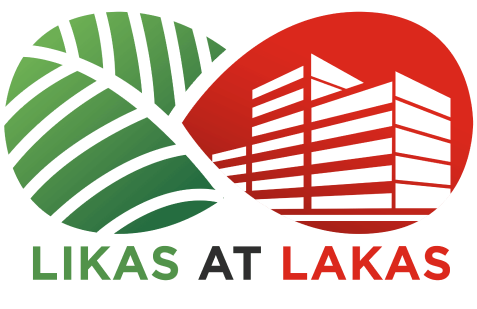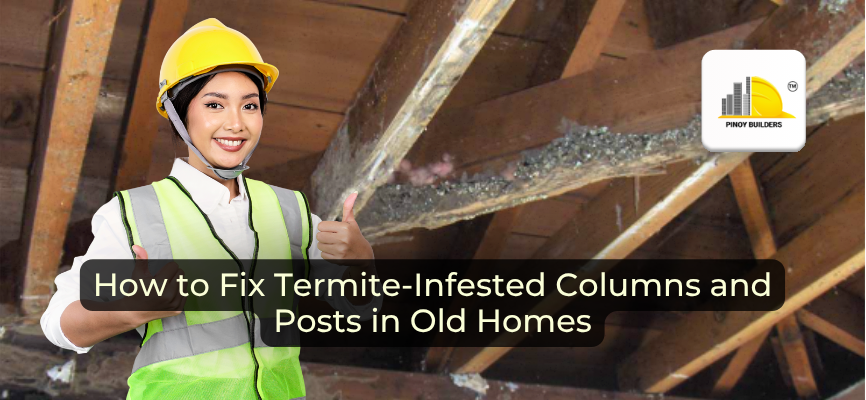Many old Filipino homes hold memories in every wooden post and column. These sturdy beams have supported families for decades, standing through storms, celebrations, and quiet mornings alike. But with time, the tropical heat and humidity invite tiny but persistent visitors: termites.
Termites are insects that thrive in warm, damp environments and slowly feed on wood, often working unnoticed until signs of damage start to show. But the good news is that infestation problems can be fixed with proper inspection, repair techniques, and protective treatments.
In this article, we’ll discuss how to identify termite damage, repair weakened columns and posts, and protect your home from future attacks.
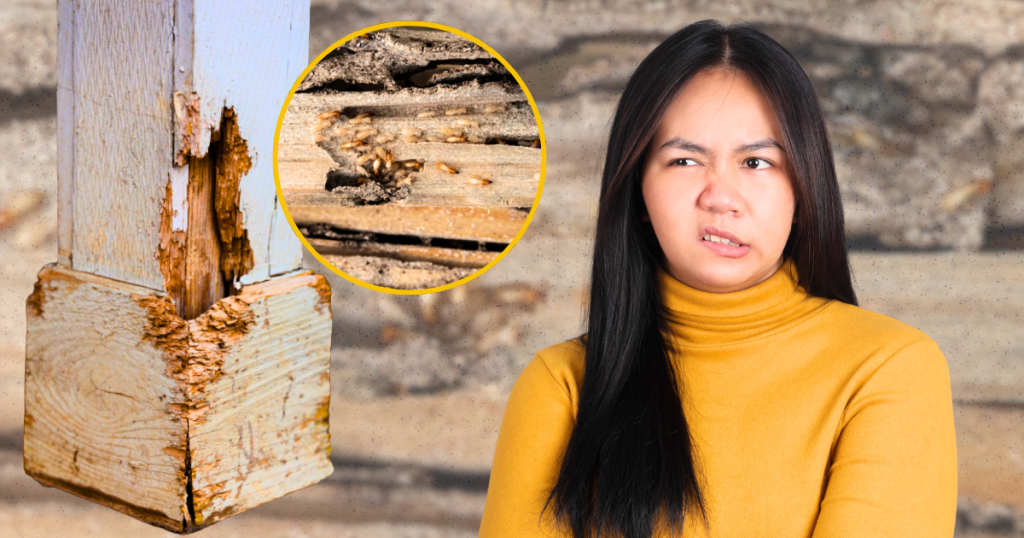
Why Termites Thrive in the Philippine Climate
The Philippines’ tropical weather brings warmth, rain, and humidity that help termites thrive. Moisture from frequent downpours seeps into wood, while poor ventilation traps damp air inside walls and floors. These factors make wooden beams and columns ideal for termite colonies to grow.
During the rainy season, termites burrow deeper into wooden structures to escape the wet soil, causing hidden damage. Older homes are particularly at risk because their wood is often untreated, and their foundations may have gaps where moisture collects. Recognizing these conditions helps homeowners plan better prevention and repair measures before problems spread too far.
Repair and Reinforcement Methods
Step 1: Inspection and Assessment
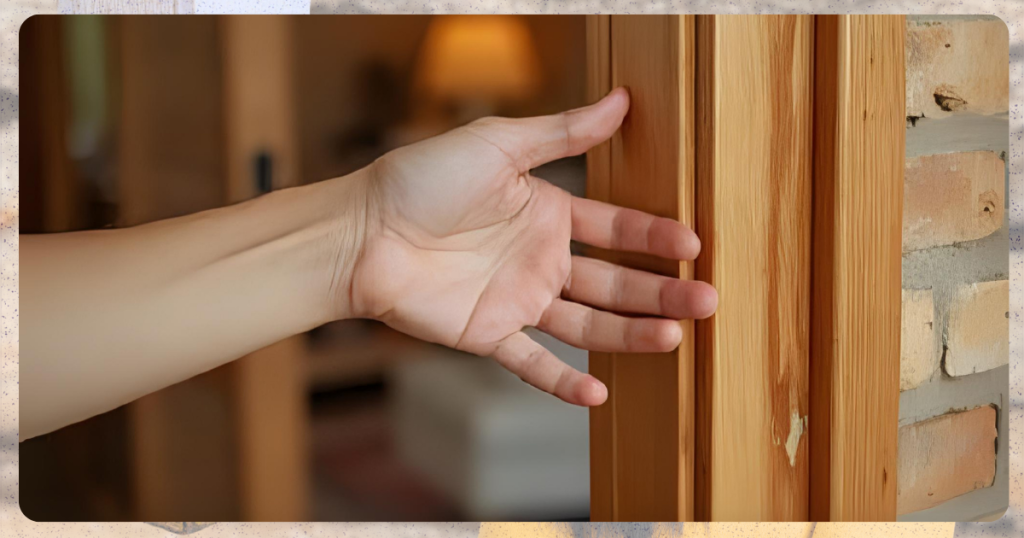
Start by examining all wooden columns and posts closely. Tap them lightly; a hollow sound may indicate internal damage. Check for small holes, tunnels, or powdered wood around the base. Surface damage can often be treated easily, but deeper infestations may need professional help.
Step 2: Chemical Treatment
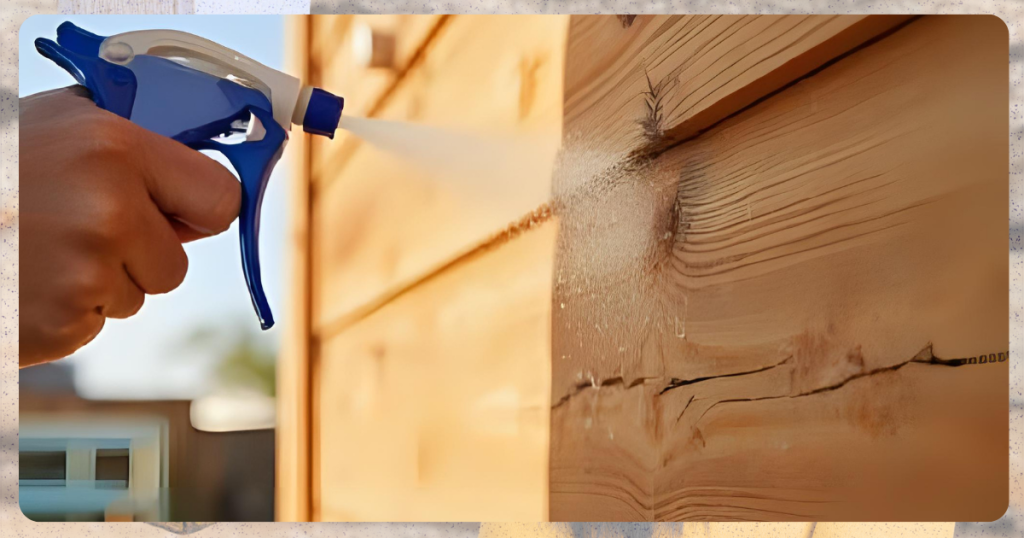
Apply termite-resistant solutions or inject termite-killing chemicals into affected areas. Local brands like Solignum and Bayer Premise offer trusted options that penetrate deep into the wood, stopping termite activity and preventing new colonies from forming. Always follow safety instructions when handling these products or hire a licensed pest control service for larger infestations.
Step 3: Structural Repair or Retrofitting
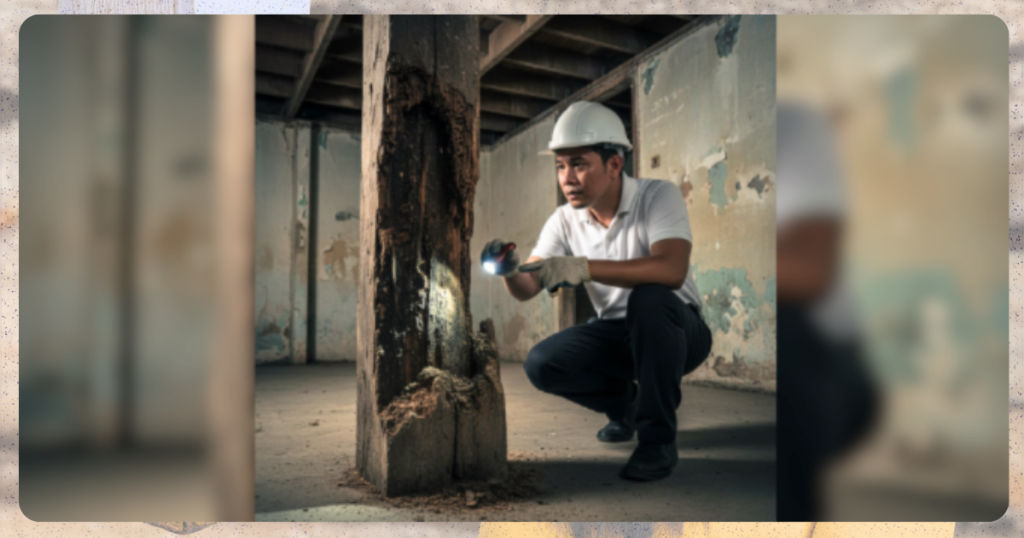
Once treated, repair the weakened wood. For minor damage, use epoxy resin to fill gaps and reinforce the structure with steel braces. For moderate damage, replace only the affected section and apply sealant for added protection.
When posts are hollow or collapsing, a full replacement is best to ensure safety and stability.
| Condition | What You Can Do | When to Replace |
| Slight surface damage | Apply treatment + reinforce | Keep original column |
| Deep internal rot | Replace section + apply sealant | Replace the affected post |
| Hollowed or collapsing wood | Unsafe to salvage | Full replacement recommend |
If the post needs to be completely replaced, contact a licensed contractor to study the structure and design the best way to replace the column or post without affecting other close structures. Contact a licensed contractor through our professional listing, Pinoy Builders Builders Directory.
Preventive Measures for Long-Term Protection
Keeping termites away requires consistent care and attention. Regular maintenance helps your home stay strong and secure all year round. Here are simple ways to protect your wooden columns and posts:
- Inspect regularly. Check your home at least twice a year, especially before and after the rainy season. Early detection prevents bigger issues later on.
- Keep it dry. Fix leaks, clean drainage areas, and allow good airflow around posts and under flooring. Termites avoid dry, well-ventilated spaces.
- Use protective coatings. Apply wood sealants or termite-resistant coatings from trusted local suppliers to strengthen surfaces against moisture and pests.
- Maintain a termite barrier. Treat the soil or foundation with termite-control products to stop colonies from reaching your wooden structures.
- Store wood properly. Keep unused wood or materials off the ground and away from wet areas to reduce termite attraction.
These habits are essential because they effectively keep termites out while preserving the strength and character of your home. They serve not only as active solutions for existing issues but also as proactive measures to protect the structure from termites for years to come.
Strengthening What’s Worth Saving
Termite damage does not have to spell the end for your old home. Careful inspection is necessary, and proper repair with consistent protection can even help aging wooden structures regain their strength. Taking action early keeps small problems from growing into major risks.
Protecting your home is not just a repair project. It’s also preserving the memories, craftsmanship, and comfort built into every beam and post.
References
eCoast Engineering. (n.d.). Fixing Termite Damage & Termite Treatments Options for Your Home. eCoast Engineering. https://www.ecoastengineer.com.au/maintenance-advice/buildings/fixing-termite-damage-termite-treatments
Thrasher Foundation Repair. (n.d.). Repairing Termite and Pest Damage and Preventing Infestations. Thrasher Foundation Repair. https://www.gothrasher.com/about/news-and-events/39568-repairing-termite-and-pest-damage-and-preventing-infestations.html

